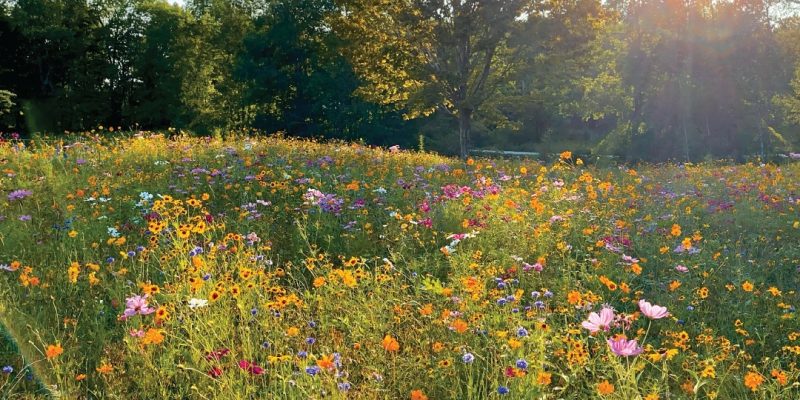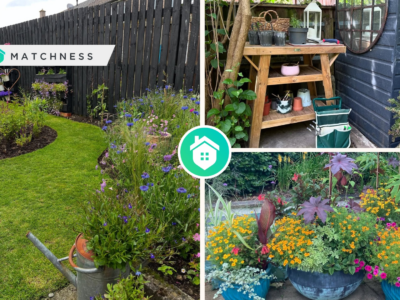Meadowscaping employs an array of flowers and grasses to fashion a captivating, untamed meadow-like ambiance that brings forth numerous ecological benefits. By embracing meadows in your yard, you invite an abundance of birds, butterflies, and bees, while simultaneously reducing your carbon footprint and mitigating stormwater runoff into local waterways. What’s more, once established, meadows require minimal upkeep, demanding less effort and expense compared to maintaining a traditional lawn.
The extensive advantages of meadowscaping have not escaped recognition. Furthermore, the rising popularity of native plants, in general, has fostered a greater familiarity among individuals with the distinct appearance they bestow upon a landscape.
How to Start Meadowscaping
Before diving into the enchanting realm of meadow planting, let’s ponder a few crucial aspects. At the forefront lies a choice: seeds or plants? Seeds, a pocket-friendly option, beckon those willing to invest time and patience. Picture this: in around three years, your meadow will bloom into its full glory. On the flip side, if instant gratification is your game, consider opting for started plants. They whisk you away to meadow bliss right from the start, indulging your senses without delay. The choice is yours, dear gardener, as you embark on this captivating meadow odyssey.
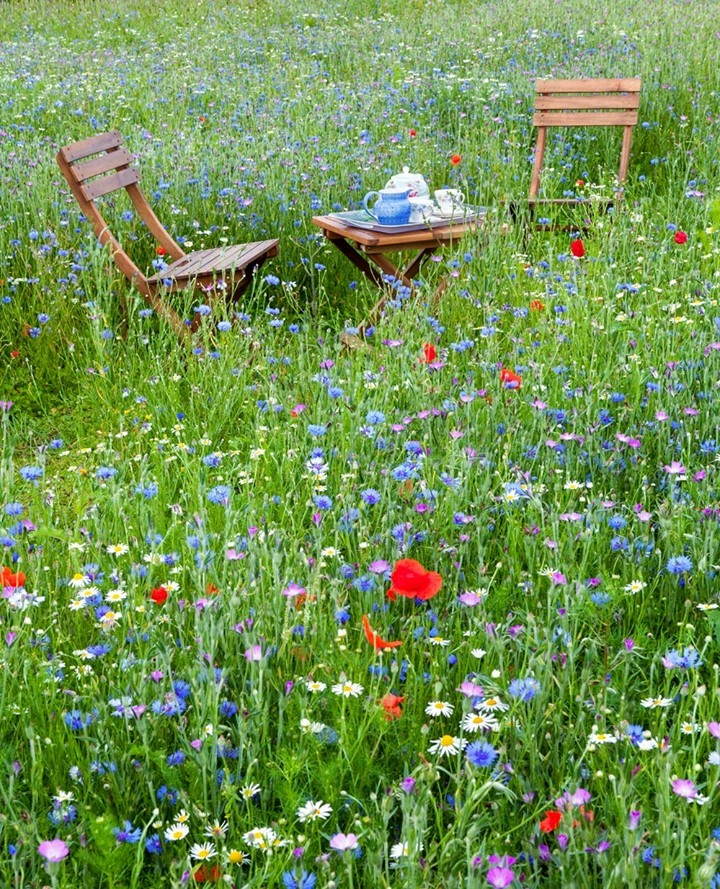
Selection of seeds at the beginning of planting grassland plants is a determining factor for success, good seeds can be seen from the stems of leaves that are fertile and strong, it is enough to carry out periodic maintenance for maximum results. Meadow planting from @telegardening
When it comes to crafting your meadow masterpiece, the second step holds immense significance—choosing species that align with your goals and your yard’s unique character. Brace yourself, for native plants are the true heroes here. Resilient to extreme weather and climate fluctuations, they weather storms like champions. But that’s not all; these native wonders are pollinator party hosts, outshining their exotic counterparts. Bid farewell to those “meadows in a can” products that sneak in non-native species. And let’s not forget the cultivars—they may look dandy, but they can’t match the pollinator benefits of natives.

If you have an elongated yard, make sure your meadow is planted neatly and correctly following the plot of the yard you have prepared, so that it will be nice to see the look of the meadow that is organized and cool. meadow from @joelprice76
Now, let’s talk variety. A cornucopia of native seed mixes and plants awaits, tailored to suit your desired aesthetic, soil type, and sun exposure. Seek guidance from local native plant growers, masters of the green realm, to curate a selection that harmonizes with your environment.
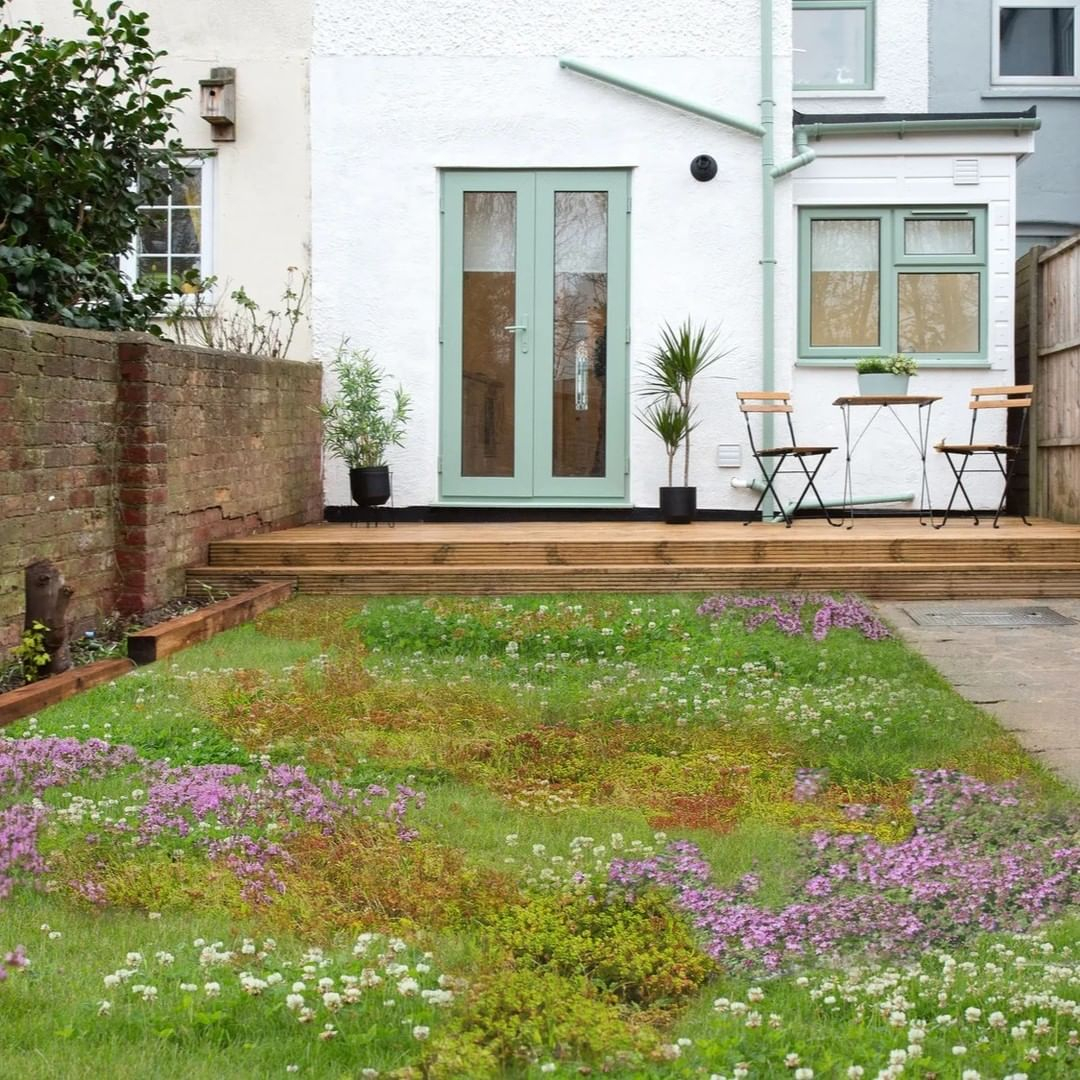
Not only one color in the type of prairie plants, you can combine several variants of prairie plants in one soil, the attractive colors add to the aesthetics of your environment. meadow variety from @moss.acres
But hold on, aspiring meadow maestro, we’re not done yet. Before sowing your dreams, you must prepare the canvas. This might involve bidding farewell to existing turf, smothering those pesky weeds, or even giving the soil a gentle tilling. Don’t fret if these tasks seem daunting; there are skilled landscaping companies ready to lend a hand if you’re not up for the challenge.
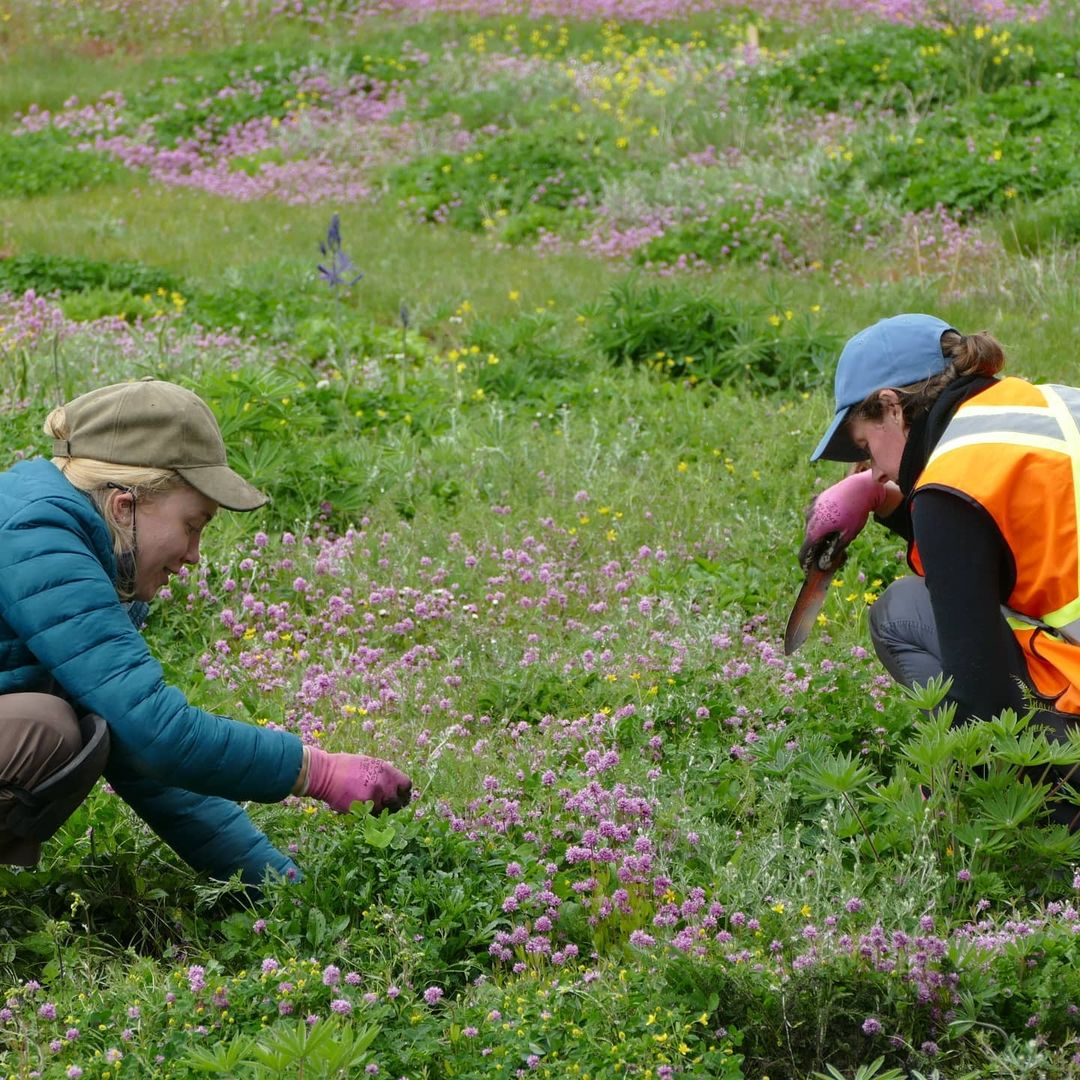
Care should be taken to smother the weeds growing around the meadow plants so they don’t interfere with growth, as well as till the soil gently for good root growth. meadow maintenance from @satinflowernurseries
So, dear visionary, as you step into the realm of meadowscaping, armed with native wonders and a touch of preparation, behold the symphony of nature that awaits.

See the real magic of the grass plants, the vast expanse that blends with nature spoils the eye when you see it. meadowscaping from @americanmeadows
Maintaining Meadowscape
In the realm of meadows, a touch of maintenance is key, particularly during the initial years. While your meadow finds its footing, weed management takes center stage. For seeded meadows, a simple mowing routine in the early years keeps those pesky intruders at bay. As for planted meadows, diligent hand weeding and strategic mulching work wonders until the plants take hold. But fear not, for once your meadow finds its groove, maintenance becomes a mere whisper in the breeze. Come springtime, a swift cut and rake to bid farewell to last season’s remnants will suffice—far simpler than the weekly chore of mowing grass. Prepare to revel in the bliss of a virtually maintenance-free meadow, where nature’s wild charm reigns supreme.
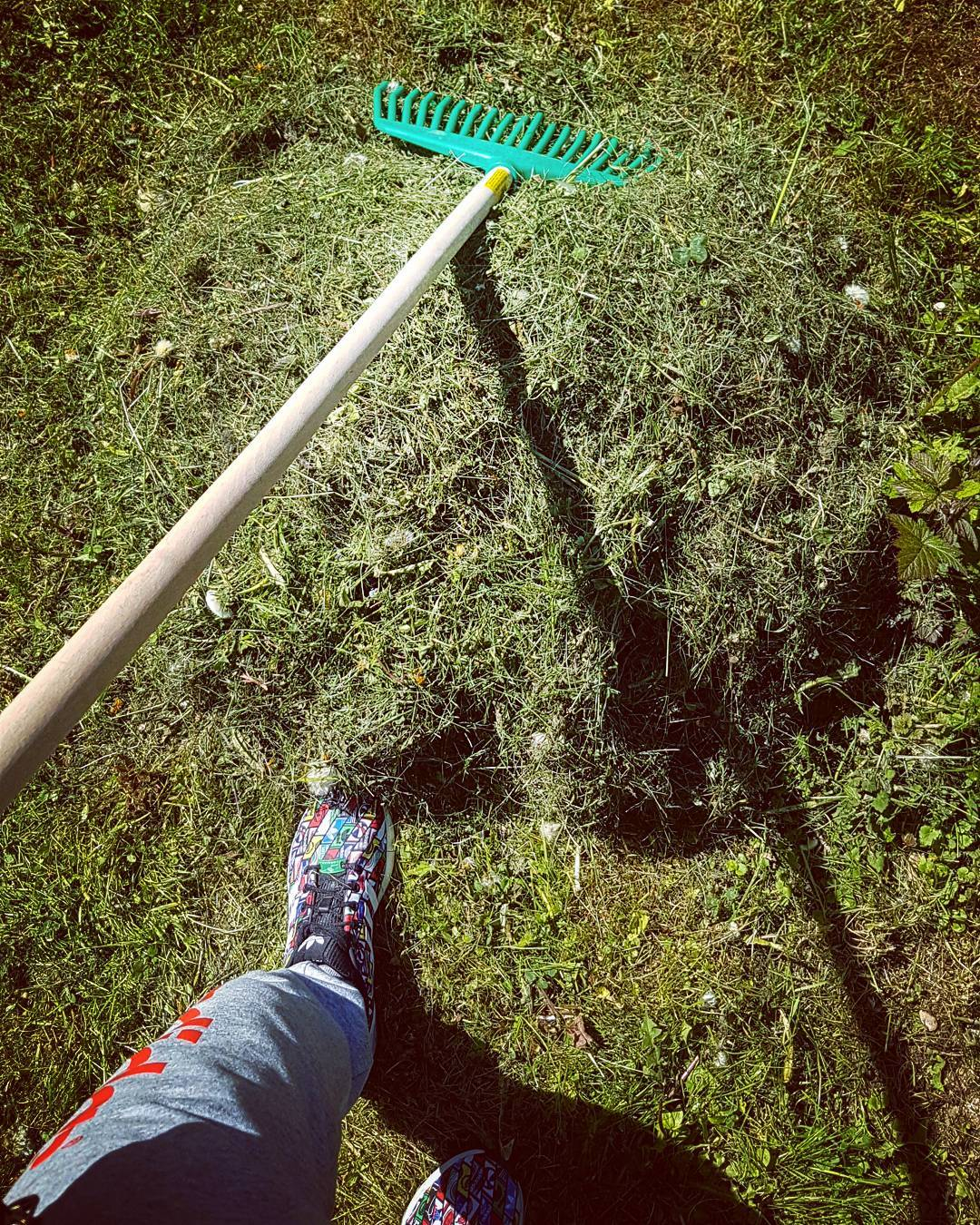
Use a rake to clean weeds and fallen leaves around Meadowscape plants. Rake is very easy to use. Meadowscape plants will last a long time and the results are maximum. rake from @ axy.pxy
Overall, meadowscaping is a flourishing movement that continues to gain momentum and is poised for even greater growth. Embrace the opportunity to explore new horizons and step outside the conventional. As you embark on your meadowscaping journey, you might just inspire your neighbors to follow suit, as they witness the captivating transformation taking place in your yard. Embrace the potential for a shared meadowscaping revolution, where together we can create a tapestry of natural beauty that expands beyond our individual spaces.
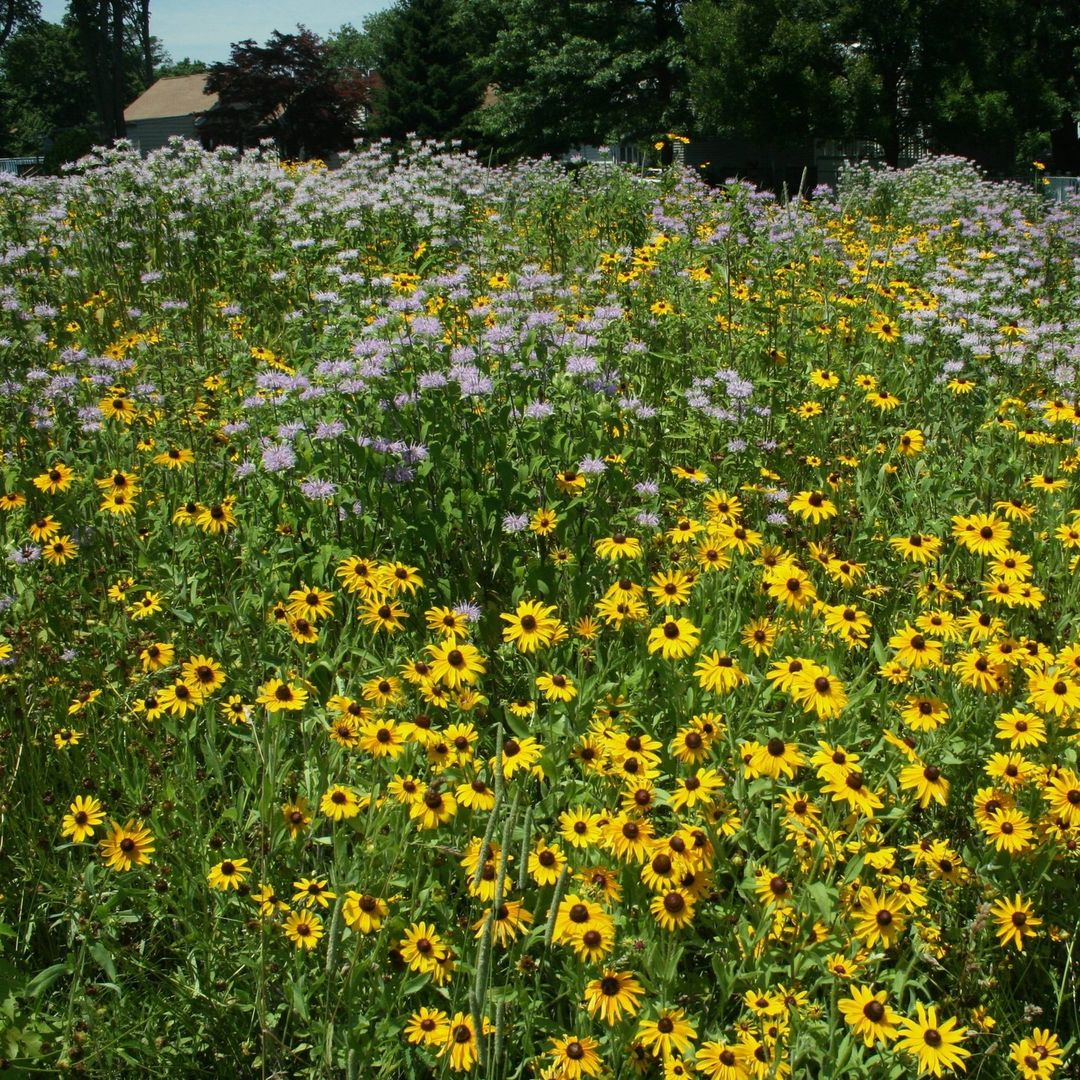
The end result of meadowscaping plants is so beautiful that everyone who sees it wants to have it. And also, it has various color shades that look fresh and pleasing to the eye. meadows from @americanmeadows


